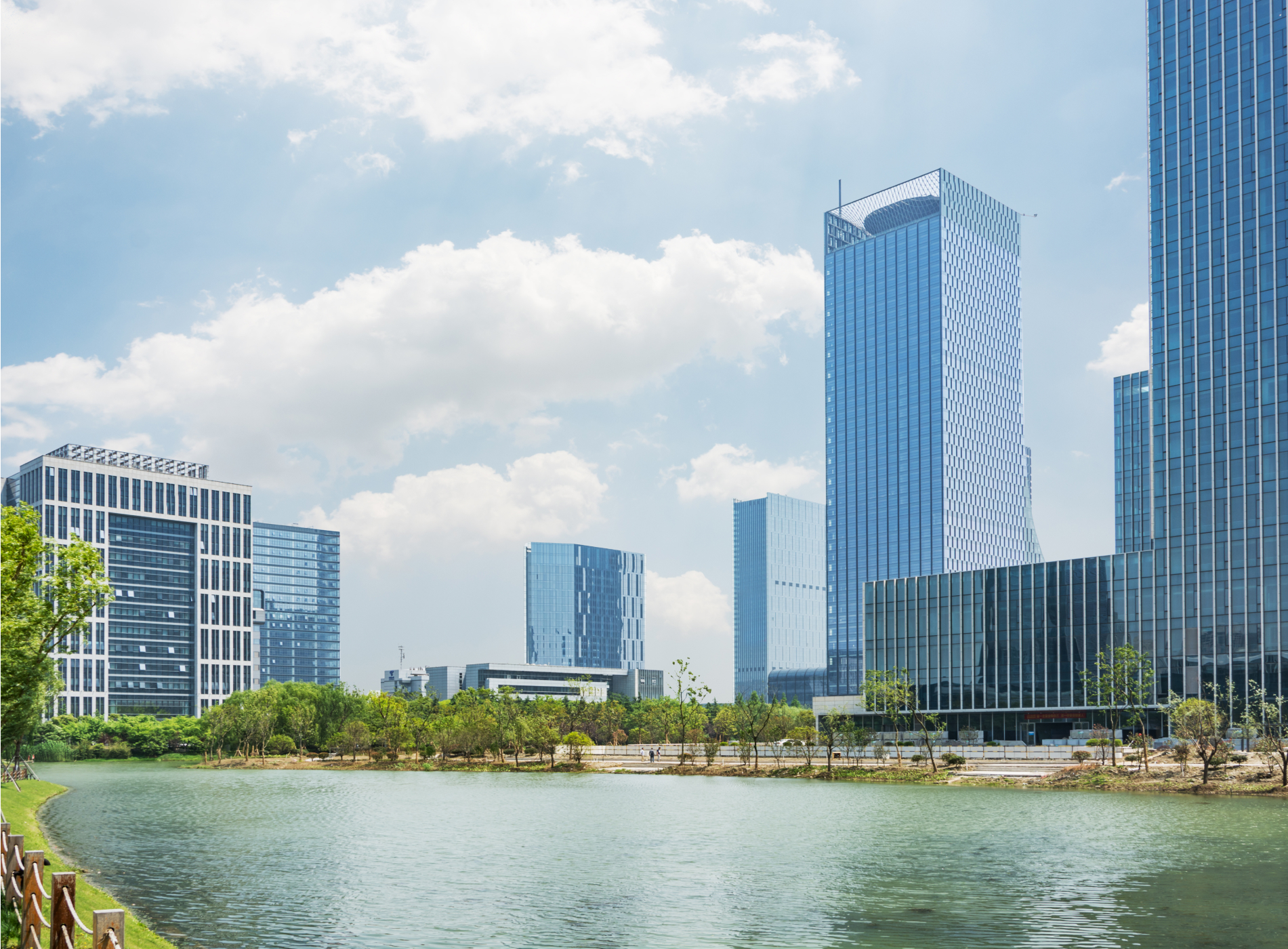Q&A with Paul Zmick, P.E., Director of Energy & Utilities at the University of Virginia

Lisa Roy, CEO of Optimum Energy, recently sat down for a conversation with Paul Zmick, P.E., the University of Virginia’s Director of Energy & Utilities and a current board member of the International District Energy Association (IDEA). Their discussion focused on the evolving landscape of facilities management within higher ed, touching on industry trends, challenges, and potential solutions. Zmick offered his unique perspective into university decision-making, funding strategies, and the implementation of emerging technologies that are reshaping how campuses across the country not just operate but thrive.
What is the primary mission of the facilities team at UVA?
“Our main mission is to provide a safe and comfortable environment for education, research, and healthcare. Safety is our highest priority due to the significant industrial infrastructure we manage. Beyond safety, our focus is on continuity of operations, reliability, and resiliency. This involves maintaining essential services like steam, hot water, chilled water, and power for the medical center, research facilities, and residential students. Efficiency then emerges as a priority as a part of our asset stewardship and carbon reduction goals.”
Can you expand on how energy efficiency fits into your priorities?
“Energy efficiency is a key strategy for managing resources and achieving our carbon reduction goals. We prioritize minimizing the use of steam, which is less efficient compared to other energy forms. Our strategy involves converting steam systems to hot water systems where possible, focusing on more efficient heat recovery chillers and geothermal exchange systems to optimize energy use.”
What are some other strategies UVA employs for improving energy efficiency?
“Our primary strategy is to reduce reliance on steam, which has a lower efficiency rate. We are implementing large-scale steam conversion projects, transitioning from steam to hot water for academic grounds, while keeping steam in areas where it’s more suitable, like the medical center. This shift improves distribution efficiency and allows us to use heat recovery chillers, which can achieve efficiency levels of up to 600%. We also focus on optimizing equipment like chillers and hydraulic loops to improve overall system efficiency.”
What challenges do you face in achieving these energy efficiency and decarbonization goals?
“One major challenge is the rapid pace of change required to meet aggressive decarbonization goals set by our leadership. The infrastructure changes needed are costly and time-consuming. Post-pandemic inflation, supply chain disruptions, and long lead times for equipment like switchgear and generators add further complexity. Staffing is another ongoing challenge, especially finding qualified personnel for specialized roles like controls, welding, and equipment operations.”
How is UVA managing the financial aspects of these large-scale energy projects?
“Unlike many universities, UVA’s facilities operations are self-funded through an enterprise model. This means we do not need to seek capital from the state or the university for our projects. Our budget comes from charging rates based on consumption, allowing us more flexibility in funding and implementing projects without needing direct funding from the university’s central administration or endowment.”
Are there unique ways you can overcome some of these challenges?
“Staying connected with industry peers through organizations like the International District Energy Association (IDEA) has been invaluable. It helps us stay updated on emerging technologies, like micro nuclear reactors and advanced heat pumps. Being part of such networks allows us to learn from others’ experiences and avoid being on the “bleeding edge” while still pushing innovation.”
Do sustainability goals influence project decisions?
“Sustainability and decarbonization goals significantly influence our decisions. For every project, we consider both the “business as usual” approach and the decarbonization options. For example, when renewing chillers, we evaluate whether to use traditional equipment or invest in heat recovery chillers that could further reduce carbon emissions, even if it means higher initial costs and additional infrastructure work.”
What future technologies are you interested in exploring to further improve sustainability?
“We’re keen on integrating building systems with plant operations to optimize both, rather than optimizing them separately. This would allow us to use building systems strategically to extend the operation of highly efficient equipment like heat pumps, without needing expensive investments in technologies like geothermal exchange fields. We are also watching advancements in micro nuclear reactors, steam-generating heat pumps, and more efficient geothermal technologies.”
How do you handle compliance with environmental regulations?
“The main compliance issue we face is related to our Title V air permit. While there is some internal hesitancy around using certain technologies like ammonia refrigerants due to perceived risks, there aren’t significant regulatory constraints currently impacting our operations.”
What support do you need from industry partners like Optimum Energy?
“We need better support in navigating financial incentives like the Inflation Reduction Act (IRA) to maximize project benefits. Clear guidance on leveraging these opportunities would be highly valuable. Additionally, continuing support for advanced software solutions that optimize both plant and building operations as an integrated system would greatly help us reach our efficiency and decarbonization targets.”

